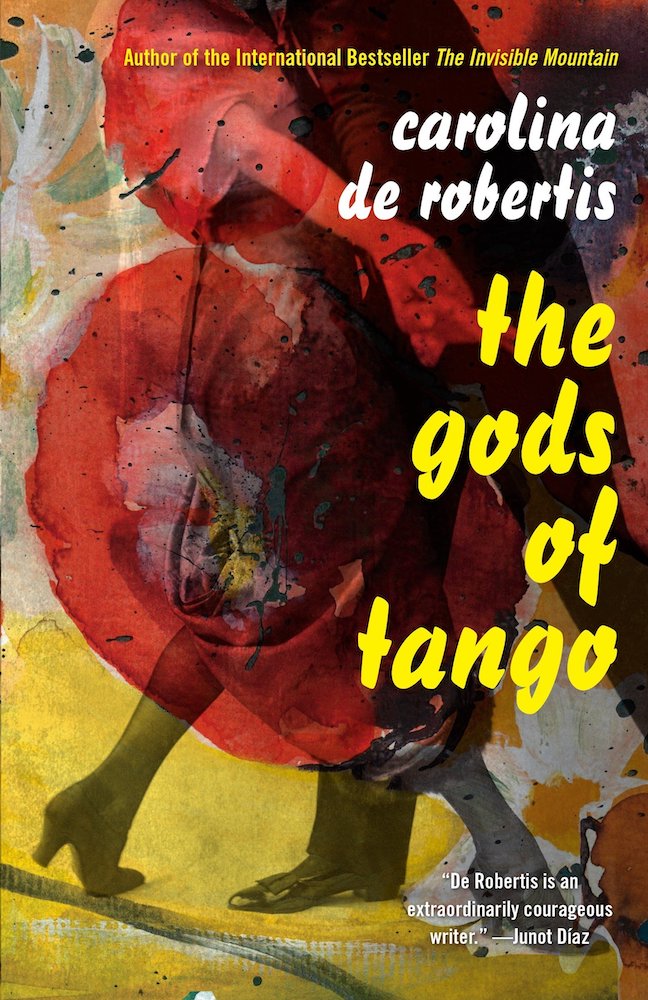Arana’s Review of “The Gods of Tango: A gender-bending tale of music and love” by Carolina De Robertis
Tango has had a long and storied career since it burst into the wild drinking establishments of Buenos Aires’s port and meatpacking district just before the turn of the 20th century. It began as a dance between men as they waited their turns in brothels: a strange, circling ballet, depicting mortal combat and often ending in just that. By the time Pius donned the red mantle, the dance was emphatically between sexes — a venomous strut — the reenactment of a tension between pimp and prostitute, with the man showing the woman a thing or two. Now, of course, the dance is taught to bright-eyed children, performed in glittering ballrooms the world over, hawked to tourists from Paitzdorf to Peoria. It may be an art form, but it’s also a booming trade.
Read Marie Arana’s full review at The Washington Post.

